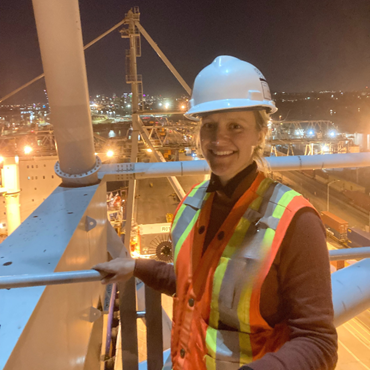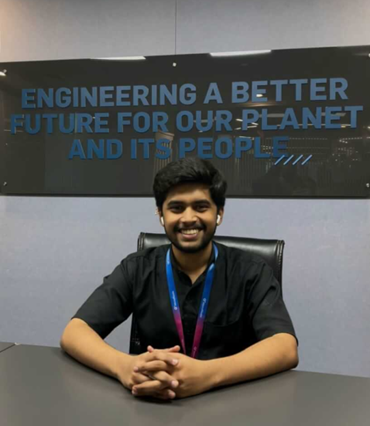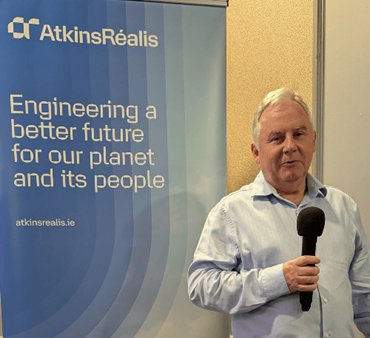Let’s find your next opportunity
AI Assistant: {{ chat.assistant.message }}
Suggested roles matches
Sort By
{{ job.job_posting_title }}
{{ job.is_cms_job ? (job.cities.split(';').length > 1 ? 'Various locations' : job.location_mappings[0]) : (job.location_mappings.length > 1 ? 'Various locations' : job.location_mappings[0]) }}
We are sorry there are no jobs that match your exact criteria. Try a new search term, or use the filters to continue browsing for available opportunities.
Suggested roles matches
{{ job.title }}
{{ [job.cities[0], job.regions[0], job.countries[0]].join(', ') }}
Various locations
We are sorry there are no jobs that match your exact criteria. Try a new search term, or use the filters to continue browsing for available opportunities.
Let’s find your next opportunity
{{ job.job_posting_title }}
{{ job.is_cms_job ? (job.cities.split(';').length > 1 ? 'Various locations' : job.location_mappings[0]) : (job.location_mappings.length > 1 ? 'Various locations' : job.location_mappings[0]) }}
The urgent need to address climate change has led to an ambitious global goal: achieving net zero greenhouse gas emissions by 2050. The US is actively pursuing a transition towards a sustainable future. At AtkinsRéalis, we're driving change by leading the way in engineering net zero carbon emissions. We're helping our clients manage climate risk and build climate resilience.
Ben Goebel, Senior Division Manager for the AtkinsRéalis Major Projects and Aviation Program in North America, shared what achieving net zero looks like to him, "There are many potential variations of how to apply engineering net zero (ENZ) to a project, whether it be civil, aviation, transportation, architectural, MEP, environmental or another. [...] ENZ, sustainability, carbon reduction, renewable energy or environmentally conscious design does not need to be disruptive. It's an enhancement to the services that we already provide daily."
But what are some of the key components that will enable the US to achieve net zero emissions by 2050? Delve into the latest advancements shaping the future in clean technology, battery technology, advanced biofuels, and carbon capture and storage technologies:
1. Clean technology: pioneering the path to decarbonization
Clean technology, often referred to as cleantech, plays a pivotal role in the pursuit of net zero emissions. Renewable energy sources such as solar, wind, and geothermal power are rapidly gaining traction, offering environmentally friendly alternatives to fossil fuels.
Global price drops in renewables, as well as growing government spending in energy research and development (R&D) has helped to fuel significant advancements, improved efficiency and cost reductions, making renewable energy increasingly competitive. The electrification of transportation is a vital component of the US's decarbonization strategy.
Electric vehicles (EVs) have witnessed remarkable advancements in recent years, with longer ranges, improved charging infrastructure, and declining costs. The transition to electric mobility not only reduces emissions but also presents opportunities for integrating renewable energy into the power grid through vehicle-to-grid (V2G) technology.
2. Battery technology: empowering renewable energy integration
The widespread deployment of renewable energy sources necessitates efficient energy storage solutions, and battery technology plays a central role in this domain. Advances in battery storage capacity, longevity, and cost-effectiveness have unlocked new possibilities for integrating intermittent renewables into the grid.
Lithium-ion batteries dominate the market currently, and ongoing research aims to develop next-generation battery technologies. The US is seeing major breakthroughs in electrical vehicle (EV) battery development, with companies announcing over $73bn worth of investments in planned US battery plants.
Solid-state batteries, flow batteries, and lithium-sulfur batteries show promising potential, offering higher energy densities, increased safety, and reduced reliance on critical materials. These advancements will enable renewable energy to provide consistent power and bolster the reliability and resilience of the clean energy infrastructure.
3. Advanced biofuels: a sustainable alternative for transportation
Advanced biofuels, derived from non-food biomass, can be used as drop-in replacements for fossil fuels, minimizing the need for infrastructure modifications.
Feedstocks such as algae, cellulosic biomass, and agricultural residues offer greater carbon mitigation potential compared to traditional biofuels. Advancements in biofuel conversion processes, such as thermochemical and biochemical pathways, contribute to increased energy yields and reduced environmental impacts.
At Akins, we have advanced process engineering capabilities in power and renewables that allow us to work with developers, utilities and industrial clients alike, including utilization of biomass, biofuel synthesis, and waste gas clean-up.
4. Carbon Capture and Storage (CCS): mitigating industrial emissions
Addressing emissions from industrial sectors such as manufacturing and power generation is crucial for achieving net zero emissions – and a clear priority for the US, having announced plans to invest $2.6bn into CSS technologies. CCS technologies aim to capture CO2 emissions from industrial processes and store them underground, preventing their release into the atmosphere.
Advancements in CCS technologies have led to more efficient capture methods and cost reductions. Post-combustion capture, pre-combustion capture, and direct air capture (DAC) are some of the prominent approaches being explored. Additionally, the utilization of captured CO2 in enhanced oil recovery (EOR) and the development of carbon utilization technologies contribute to the overall effectiveness of CCS strategies.
Are you looking to contribute to a sustainable US future?
The US is actively striving towards net zero emissions by 2050. While significant progress is being made, we need experts and heroes like you to help achieve this goal.
We understand that building a better tomorrow takes all kinds of net zero superheroes. That's why our AtkinsRéalis employee STEM networks are helping young minds by shining a spotlight on the importance of STEM conversations and real-life energy and sustainability issues. While teams at AtkinsRéalis strive for integrated solutions that help make a tangible difference.
If you're driven to help engineer a better future, explore opportunities and apply for jobs in civil engineering, mechanical engineering or search electrical engineering jobs at AtkinsRéalis today.
Related blogs
Related jobs

Everyone belongs
We empower each individual to shine and contribute to our collective impact. We believe in the power of unique perspectives. It’s how we’re engineering a better future every single day.













